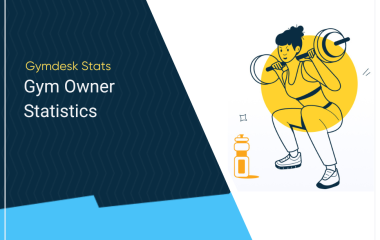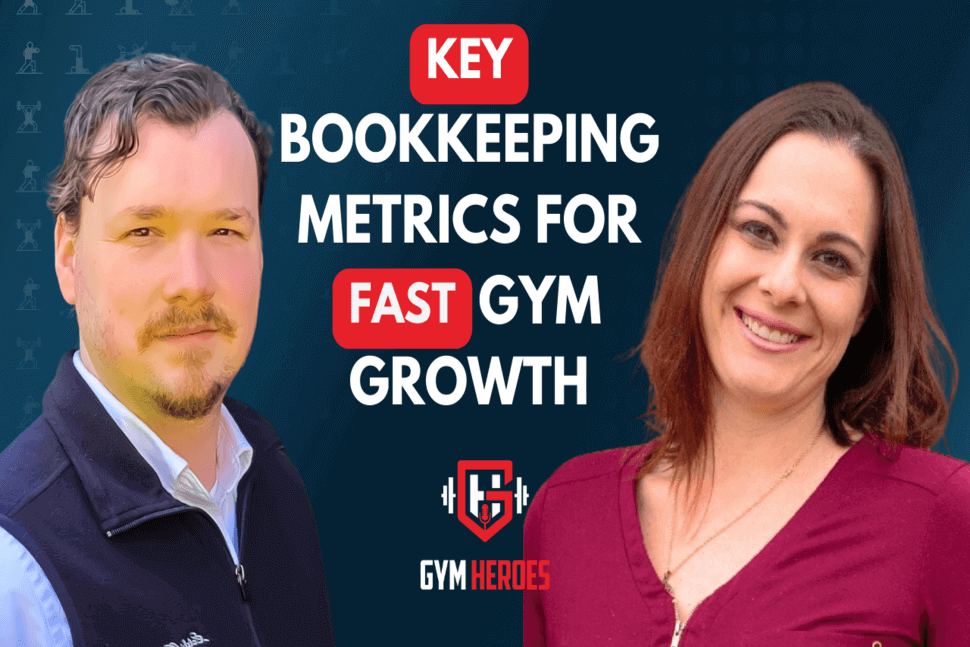Our hero today is Andrea Hovel, co-owner of healthier bookkeeping and an expert in accounting for fitness businesses. In this episode, she demystifies concepts like cash flow, profit, and loss, and reveals to us what financial metrics we should all be looking at to understand our fitness business’s financial health. If you’ve ever felt like you’re drowning in all the accounting jargon and numbers, you don’t want to miss this interview and if you’re an investor looking to partner with or acquire a fitness business. We even discuss what you should watch out for there.
Understanding the Basics of Bookkeeping
Bookkeeping might seem straightforward, but it goes beyond mere categorization and matching transactions. Andrea emphasizes the importance of not just having organized financial information, but also comprehensively utilizing it to benefit business growth.
The Trifecta of Financial Documents
Gym owners should focus on three key financial documents to gauge the health of their business.
- The balance sheet outlines what you own and owe
- The profit and loss statement details your income, expenses, and profit; and
- the often-overlooked statement of cash flows, which tracks how cash moves in and out of your business.
Monthly Financial Check-Ins
Regular review of financial documents is non-negotiable. A monthly check-in, complemented by quarterly and annual reviews, helps keep your business financially fit and ready to react to both opportunities and challenges.
Key Numbers to Watch
Particular attention should be paid to net operating cash flow, net profit, and gross profit. Liabilities on the balance sheet are also crucial; ensuring debt doesn’t negatively influence operational health.
Deciphering Cash Flow vs. Profit and Loss
Cash flow is about forecasting and ensuring available liquid assets to support operations during slower business periods. It involves strategic planning to avoid cash shortages, considering investing in equipment, and hiring decisions based on current financial standing.
Maximizing Profits through Strategic Accounting
Accounting plays a pivotal role in business decision-making. Tracking return on investment (ROI) for marketing campaigns, deciphering which lead generators are most profitable, and benchmarking against other businesses to optimize expenses like rent, can all contribute to a healthier bottom line.
Software Shortcomings: A Call for More Data
The allure of aesthetically pleasing gym management software can be deceptive if it lacks the capability to delve into fine details. Andrea advocates for software that provides comprehensive data, beyond surface-level functionality, to truly aid in business decision-making.
Customized Reports for Clarity and Strategy
To distill complex data into actionable insights, Andrea creates custom KPI scorecards tailored to each gym operator’s goals. These, along with cash flow forecasts and budgeting tools, provide a clear snapshot of operational health and future financial prospects.
Preparing Your Gym for Purchase or Sale
Gym value hinges on factors like EBITDA, revenues, processes, and ancillary revenues. Potential buyers assess not only membership base but also the infrastructure and systems in place, such as marketing channels and customer service protocols.
The Buyer’s Perspective
Different buyers look for varying attributes in a gym. A hands-on operator might prefer a business that allows for personal involvement, while another buyer might seek a fully systematized operation ready for plug-and-play transition.
Tools and Resources for Financial Learning
QuickBooks offers free bookkeeping training to understand the basics of accounting. Further, private sessions and consultations are available for those seeking more personalized guidance.
Connect with Andrea
Entrepreneurs can reach out to Andrea at healthierbookkeeping.com or by phone for expert advice and assistance with their bookkeeping needs, ensuring their business remains as vigorous as the clients they serve.
Harnessing financial acumen can truly be the difference between a struggling gym and a thriving fitness empire. The right insight into finances paves the way to growth, stability, and success.
 Gym Owner Statistics: The State of Gyms, Member Trends, and Usage Data
Gym Owner Statistics: The State of Gyms, Member Trends, and Usage Data


